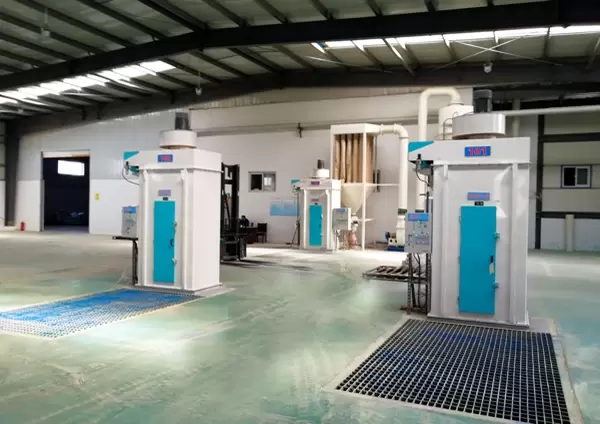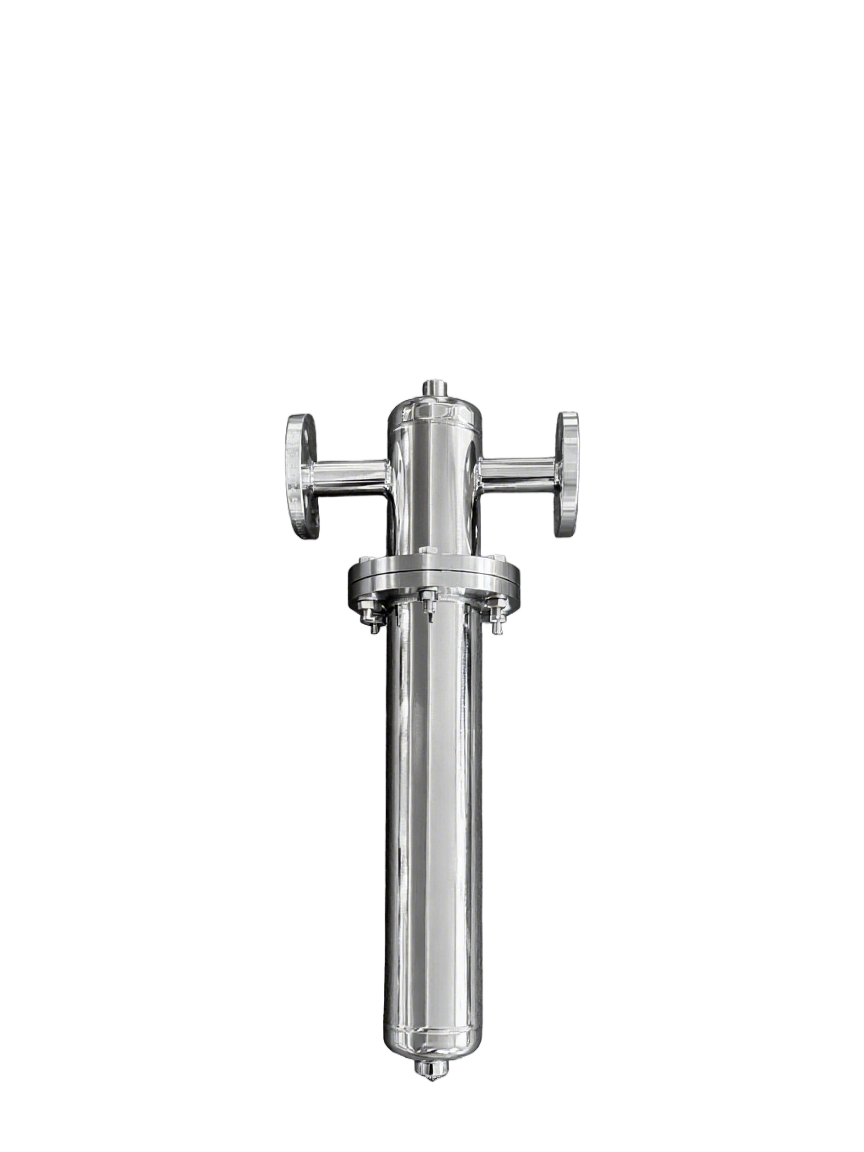How to choose a poultry feed production line?

In modern animal husbandry, efficient poultry feed production lines are crucial to ensuring the healthy growth of poultry and improving breeding efficiency. Choosing a suitable poultry feed production line can not only ensure the nutritional balance of the feed and high production efficiency, but also reduce production costs and enhance market competitiveness. This article will explore in detail the key factors to consider when selecting poultry feed production lines and provide practical advice and reference.

1. Determine production needs and scale
Before you start looking for a poultry feed production line, you first need to clarify your production needs and scale. This includes expected production volume, type of feed (e.g. pellets or meal), type of poultry (e.g. chicken, duck, goose, etc.) and stage of growth. Different production scales and demands will directly affect the configuration and scale of the production line.
2. Evaluate the technical parameters of the production line
When selecting poultry feed production lines, you should focus on its technical parameters, including production capacity, energy consumption, degree of automation, equipment stability and maintenance requirements. Production capacity should match expected output to avoid overcapacity or undercapacity. At the same time, low-energy production lines help reduce long-term operating costs. Highly automated production lines can reduce labor costs and improve production efficiency, but the skill level and maintenance capabilities of operators also need to be taken into consideration.
3. Quality and reliability considerations
The quality of poultry feed production lines is the key to ensuring long-term stable operation. When selecting a supplier of poultry feed production lines, you should examine its market reputation, customer feedback, quality management system, and after-sales service. Quality production lines typically have a long service life and lower failure rates, reducing downtime and repair costs.
4. Raw material adaptability and formula flexibility
Different poultry feed formulas have different requirements for the adaptability of raw materials. The ideal production line should be able to handle a variety of raw materials, such as grains, protein supplements, vitamins and minerals, etc., and can be flexibly adjusted according to different formulation requirements. This ensures that the nutritional content of the feed meets the needs of poultry at different growth stages.
5. Environmental protection and safety standards
Environmental protection and safety are two aspects that cannot be ignored in modern industrial production. Choosing a production line that complies with local environmental regulations can reduce environmental pollution and potential legal liability. At the same time, ensuring the safe operation of the production line can protect employees from injury and avoid production accidents.
6. Cost-benefit analysis
Return on investment is an important indicator of the success of your production line selection. Conduct a comprehensive cost-benefit analysis, including equipment acquisition costs, operating costs, maintenance expenses, and potential savings. Choosing a cost-effective poultry feed production line can ensure good economic benefits while meeting production needs.
7. Training and service support
Even the most advanced production lines require professional operation and maintenance. Therefore, when selecting a production line, you should consider whether the supplier provides comprehensive training and technical support services. Good training can help operators quickly master the use and maintenance knowledge of the production line, while timely technical support can ensure the stable operation of the production line.
Selecting a poultry feed production line is a comprehensive decision-making process involving many aspects. An informed choice can be made by identifying production needs, evaluating technical parameters, considering quality and reliability, raw material suitability, environmental and safety standards, conducting a cost-benefit analysis, and considering training and service support. A suitable poultry feed production line will bring high efficiency and high profits to the breeding industry, and provide a solid foundation for the healthy growth of poultry.
mia
fast@jsfast.cn
